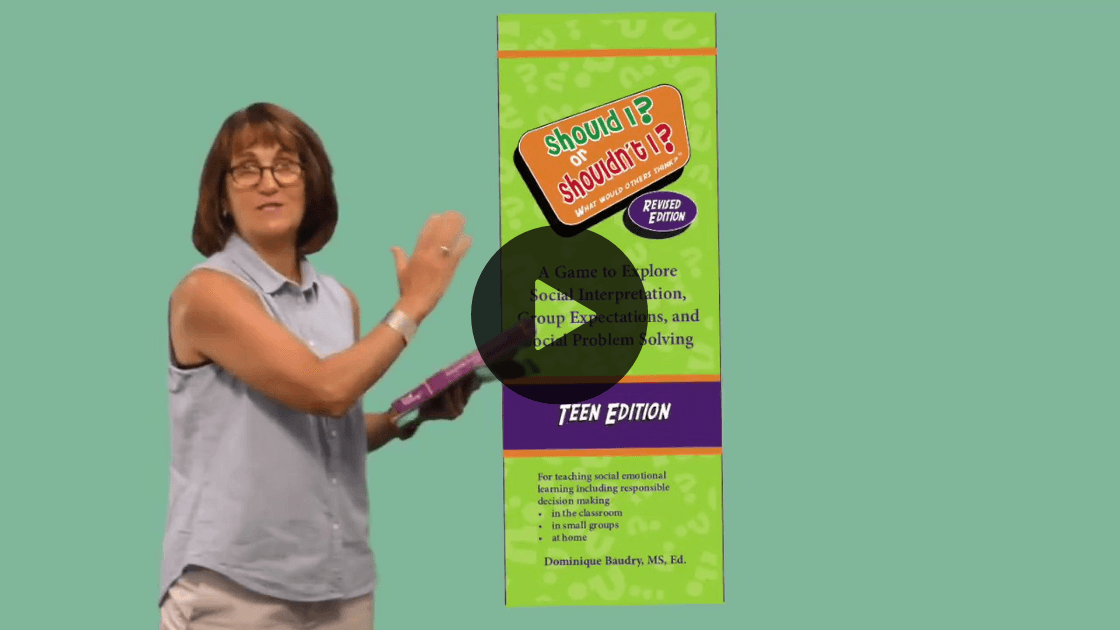
Click image to zoom.
Double click image to zoom.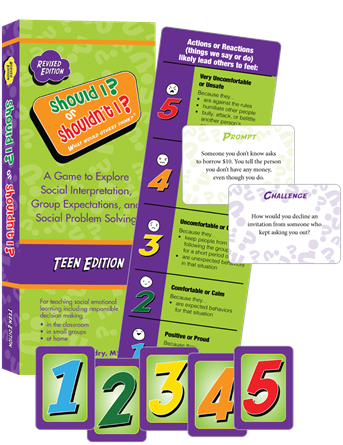

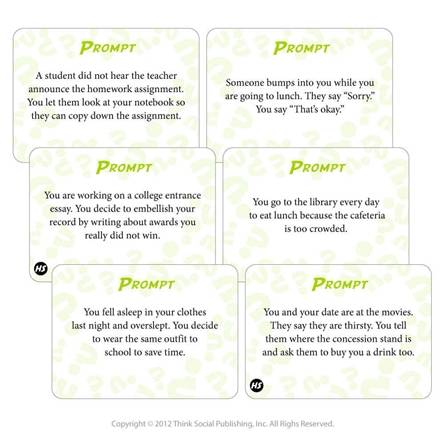
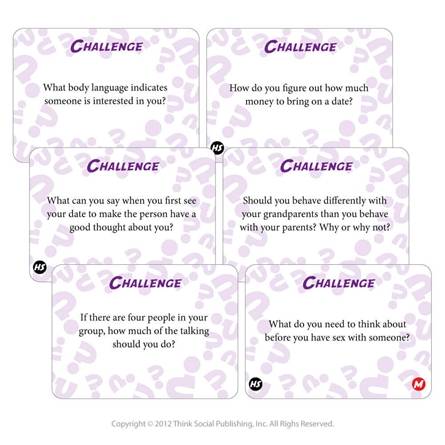
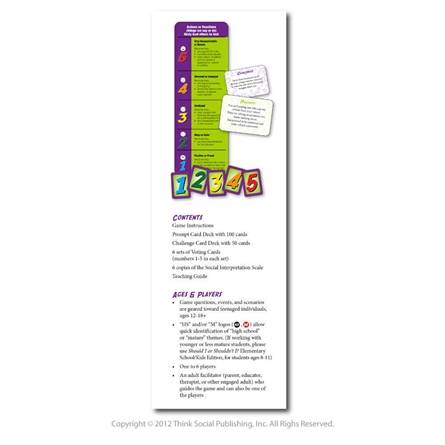
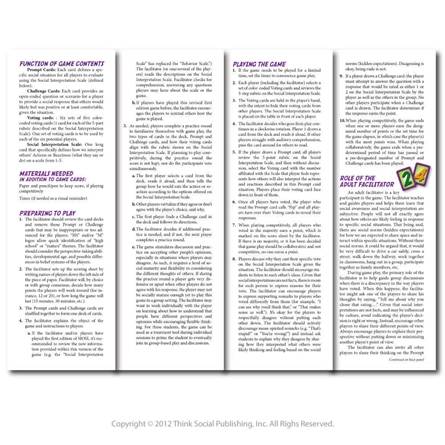
- Ages: 12-18+
- Format: Game
- ISBN: 9780970132079
- Published: 2021
Description
Motivate teens to explore with their peers how we each engage in social interpretations of others’ actions and reactions based on “hidden” group expectations. Use this highly engaging game to stimulate peer-based discussions regarding a wide array of teen-friendly social situations that engage students in social problem solving. With this revised teen edition, teachers, clinicians, parents, caregivers, and other interventionists encourage students to move away from talking about how they feel based on how others behave. Instead, they explore how the power of their own social interpretations might impact their actions and reactions if they find themselves in a similar situation. This fun card game fosters authentic discussions about social problem solving for responsible decision making.
The goal of the game is to encourage discussion about each player’s perception and interpretation of the actions and reactions described on the Prompt cards. The new Social Interpretation Scale helps players determine and vote on how they perceive another’s choice of actions and reactions will affect how they think and feel. Extra Challenge cards provide players with an opportunity to also share how they might personally participate in different situations within the social world.
Should I? or Shouldn’t I? What Would Others Think? Revised Edition for Teens leads to greater self-awareness and social awareness when players talk to each other about their shared social expectations, all of which can foster development of social competencies. For kids of developmental ages 12-18, this game makes thinking and talking about social interpretation of actions and reactions fun and allows players to explore their own thoughts, perspectives, problem solving, and response choices within a safe and consequence-free environment.
What’s different about this revised teen edition
The game is largely identical to the original edition released in 2013, with these exceptions:
Most significant update—the Behavior Scale is significantly revised and renamed the Social Interpretation Scale. It provides a series of options and emojis to assist players with voting choices. (See below to contrast the old scale vs. the new scale.)
Game Instructions and Teaching Guide are updated with latest teaching around the Social Emotional Chain Reaction (SECR) to explore each person’s role in the social evaluation process when participating in the social world.
The Social Thinking Vocabulary glossary section has been removed from the Teaching Guide.
The core game play instructions and all the decks (100 Prompt and 50 Challenge cards) have not changed.
How the new scale shifts focus from one’s behavior to engagement in social interpretation
Social emotional learning benefits of the game
Game play offers abundant opportunities to practice Social Thinking Methodology concepts, perspective taking, and problem solving and discuss with peers and a facilitator how our individual choices affect those around us.
The game is based on the Social Thinking Methodology and vocabulary developed by Michelle Garcia Winner and Pamela Crooke and outlined in their many books, training courses, and articles.
Object of Game
One player reads aloud a social situation, then all players rate their social interpretation of the person(s) in that situation on a 5-point scale. Players then compare how their ratings match or don’t match those of the other players. The object of the game is to rate their social interpretation similarly to other players, given shared social expectations. Players score points when their rating is in alignment with most other players. The player with the highest score wins.
About the Game
During the middle and high school years, tweens and teens are being increasingly exposed to both academic and non-academic tasks and situations that require them to use their social thinking/social problem-solving abilities. This time of development is uncomfortable and anxiety producing for many as they seek to establish themselves as independent social entities who desire to be included by others, even if they don’t want to admit it.
The Should I? or Shouldn’t I? game is designed to give teens a fun and motivating way to recognize the power of one’s social interpretation of others’ actions and reactions, practice taking the perspectives of others, and discuss relevant teen issues in a nonjudgmental setting. Questions posed on the Prompt and Challenge cards address a wide variety of teenage-related situations: interacting at home, at school, at a friend’s home, the mall, the grocery store, at a party or the library, at the movies or on a date.
While the Should I? or Shouldn’t I? game can be a tremendous help to individuals with social learning differences, it also encourages greater self-awareness of social expectations and related social competencies for any teen player.
Contents
Game Instructions
Prompt Card Deck with 100 cards
Challenge Card Deck with 50 cards
6 sets of Voting Cards (numbers 1-5 in each set)
6 copies of the Should I? or Shouldn’t I? Social Interpretation Scale
Teaching Guide
Ages and Players
Game questions, events, and scenarios are geared toward individuals ages 12-18
1 to 6 players
An adult facilitator (parent, educator, therapist, or other engaged adult) who guides the game and is also one of the players
Therapeutic Uses
The Should I? or Shouldn’t I? game is best suited for individuals with solid to high expressive and receptive language skills and who have emerging awareness of how the social world works . It requires players to use perspective taking on two levels. First, they must think about the situation posed on the Prompt card, the social expectations in that situation, to determine how to “rate” their interpretation on the Social Interpretation Scale. Second, players will also compare their rating to those of the other players to learn if their own social expectations and social interpretations align with what others in the group agree would be an expected response.
The game can be played within various settings: a clinical setting as a therapeutic tool, in a regular education classroom to discuss different perspectives, social learning groups to practice skills, and at home with parents and teens.
To gain maximum benefit from the game, the facilitator should have a working knowledge of the Social Thinking Methodology framework and the Social Emotional Chain Reaction (SECR).
The Should I? or Shouldn't I Social Interpretation Scale
A basic component of the game is the Should I? or Shouldn’t I? Social Interpretation Scale, a tool that further extends to players a common language to think about their own social interpretation of others’ actions and reactions and their related emotional response. The scale included in this revised teen edition has a five-point format and was inspired by the work of Kari Dunn Buron and Mitzi Curtis and their book, The Incredible 5-Point Scale (2003).
Want More Cards? Check out the Expansion Pack!
Get 200 new Prompt cards and 100 new Challenge cards with the Should I? or Shouldn't I? Teen Edition Expansion Pack. These 300 additional cards cover various age-related situations encountered at school, home, and in the community.
Looking for something for younger kids? Check out the Should I? or Shouldn't I? What Would Others Think?™ Elementary School Edition Game and Expansion Pack!
Related Materials

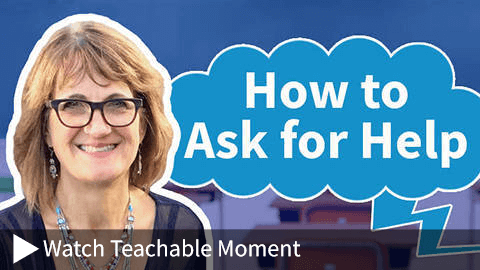
Instructor: Michelle Garcia Winner
It’s human nature to want to help others, but it’s often difficult for people to ask for help, especially those with social emotional learning differences. In this webinar, we’ll discuss why children, students, and adults may resist help or refuse to ask for it and we’ll deconstruct the multi-step process through which we ask for help. We’ll also explore the social emotional benefits for all participating in this unique and rewarding relationship.

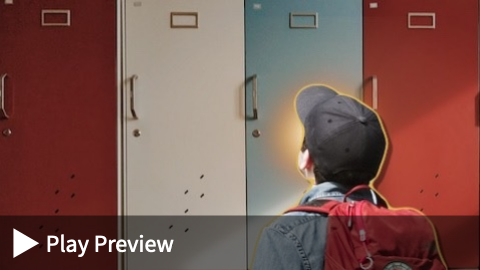
Instructor: Michelle Garcia Winner
Chronic stress and anxiety can impact children’s ability to focus and learn, whether it’s in the classroom or through an online education portal. Helping children metacognitively explore their stress is the first step toward their self-regulation, and this metacognitive understanding also helps interventionists (parents and professionals) learn how to avoid creating even more stressors for children during the pandemic






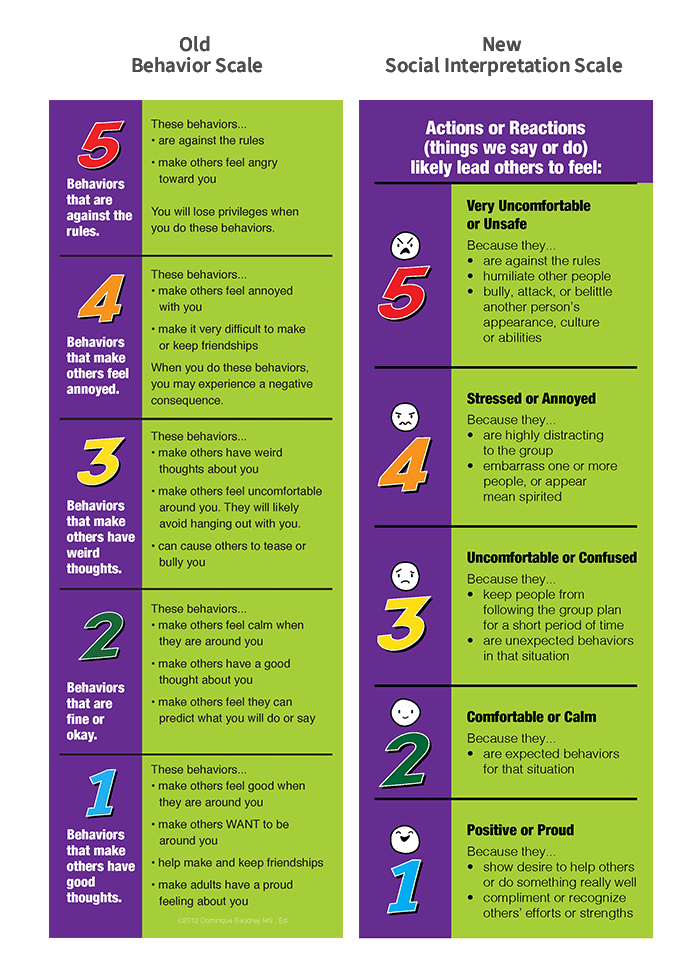
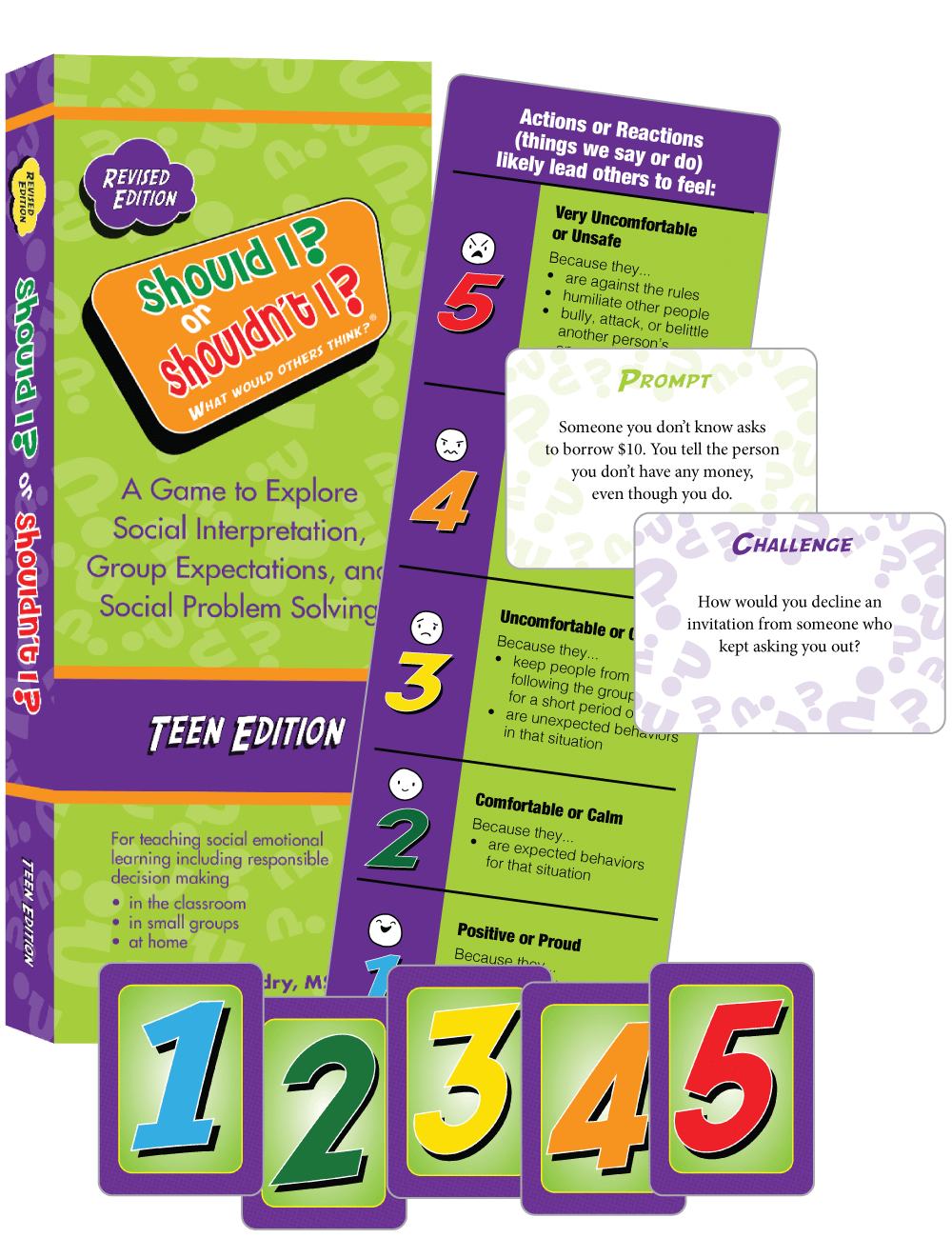
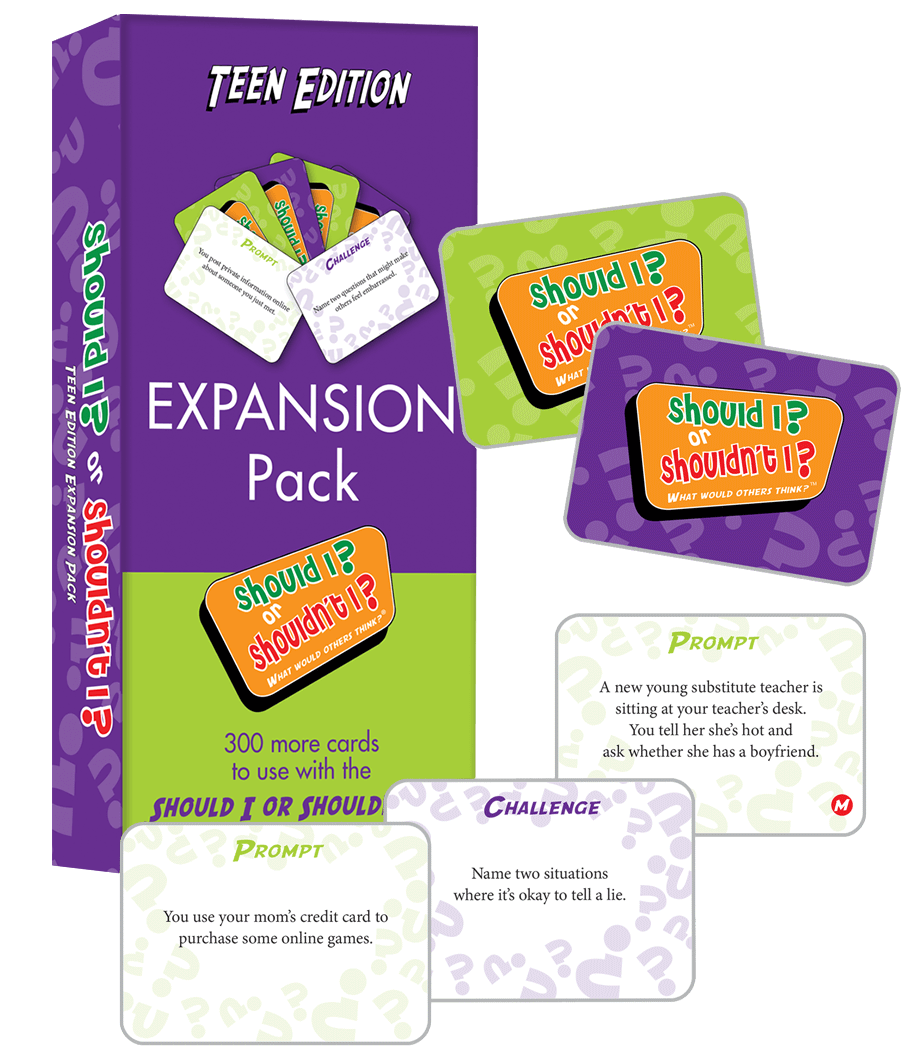
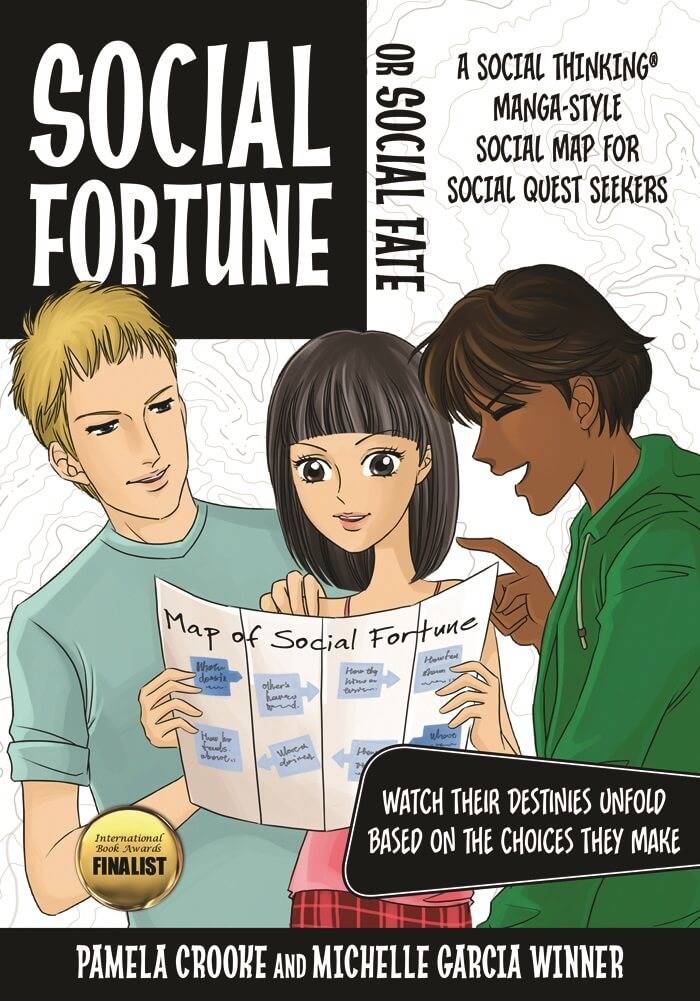
Should I? or Shouldn’t I? What Would Others Think? Revised Edition for Teens
Tell us something good!
There was a problem adding this comment. Plaease try later.
Please log in